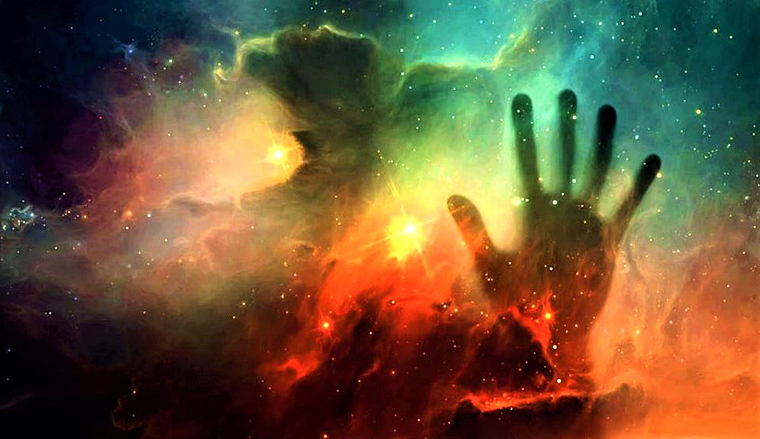
A number of years ago I seriously considered creating an “Apocalyptic Film Festival” featuring a compendium of end-of-the world cinema, including such classics as the 1936 adaptation of H.G. Wells’ “Things to Come” and Fritz Lang’s 1927 “Metropolis.” It could today be updated with “When World’s Collide (1951),” “Soylent Green (1973),” “The Omega Man (1971),” “A Boy and His Dog (1975),” “Mad Max (1979),” “The Day After (1983),” the recent “I Am Legend (2007)” and so on.
Fascination with apocalypse is not new. The vision of the end-time, as related in the book of Revelation, the last book of the New Testament, has stimulated best-selling novels, movies and uncountable Sunday sermons, not to mention 15th-century engravings by the likes of Albrecht Dürer and paintings by other Renaissance artists. Taken literally by many, as metaphor by others, and as irrelevant by some, the vision of apocalypse both stirs the imagination and is stirred by it. Embodying fears of suffering and death suffused with hopes of redemption and salvation, the archetype of apocalypse resonates deeply within our western culture and psyche.
Few realize that the word “apocalypse” does not mean a horrible disaster at the end of the world. The literal meaning of apocalypse is “revealing that which has been hidden.” It comes from the Greek, apokalypsis, meaning “lifting of the veil.” In contemporary Jungian psychology it has been symbolically associated with lifting the veil of ego-delusion and the revelation to consciousness of the hidden “true self” within. Such a psychological event is a “world-shattering” development, as the facade of ego is stripped away, revealing our essential humanity in full detail, warts and all.
It may be that the modern flood of frightening apocalyptic movies and their enormous popularity merely reflects fascination with our fear of losing the ground of ego’s familiar and comfortable habits, and the sense of security that accompanies their presence. Through the voluntary suspension of disbelief, with film we can bravely indulge and endure apocalyptic terrors while eating buttered popcorn, and in this way attain salvation, albeit modest.
Our world is surely troubled and uncertain. Every day a new scare is put into us: global warming, food shortages, terrorist threats, terrible new diseases, earthquakes, hurricanes, tornadoes, poisoned food, genetic engineering, failing economies, sky-rocketing foreclosures and declining penmanship. The list is endless and somehow never seems to get any smaller. Biblical literalists see all this as sure signs of apocalypse; perhaps they are right, though the number of “The End Is Near” cartoons in The New Yorker has not markedly increased.
Whatever fears we have encountered in the past, those of the 21st century will include some unlike any that have come before. With a world population nearing seven billion people, we know more and know it faster than has ever been possible. Emotionally, people have not changed very much in 20,000 years, yet the rapidly shifting modern landscape of culture and society, science and technology, ecology and health demands enormous accommodation. While the revelations of this century will be shocking, and for many of us, world shattering, it may be that our survival requires the veil to be lifted, cast to the wind and left far behind. Perhaps our conventional conception of self is best discarded. And just perhaps that very act may lead to our salvation.